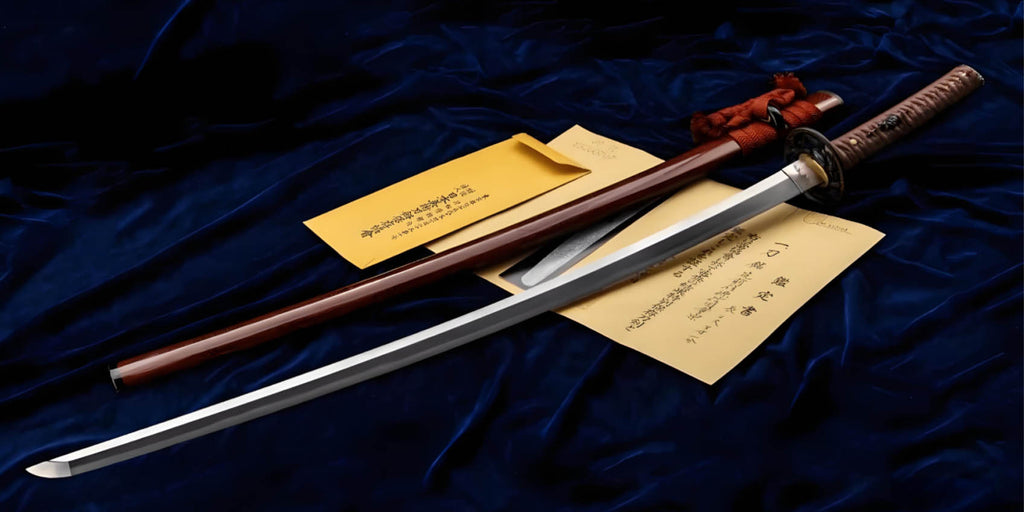Free Shipping
Supports worldwide free shipping

A Katana refers to a complete Japanese sword, including the sharp blade and the full exterior fittings (Koshirae), such as the handle, scabbard, and handguard (Tsuba). The Katana is not only practical but also highly decorative, often used for combat, wear, and display. In traditional Japanese samurai culture, the Katana symbolizes both weaponry and status. Its scabbard (Koshirae) is typically lacquered and adorned with metal ornaments, showcasing the craftsmanship and...

Katana vs Tachi: A Quick Comparison The tachi and katana are both iconic Japanese swords, but they differ in design, use, and historical context. The tachi is longer (70-80 cm) with a more pronounced curve and was worn edge-down, designed for mounted samurai during the Heian period. It was ideal for slashing in cavalry combat. In contrast, the katana is shorter (60-80 cm), with a more subtle curve, worn edge-up...

Clay Tempering, Hamon, and Differential Hardening: Key Techniques in Sword Forging In the world of sword forging, clay tempering, hamon creation, and differential hardening are critical processes that determine the quality and performance of a sword. These techniques not only influence the hardness and toughness of the blade but also affect the overall structure of components like the sword handle, pommel, and blade design. This article will explore the impact...

What Is Dao in Chinese? Chinese Dao The Chinese Tang Dao is a high-quality dao sword that represents the pinnacle of historical craftsmanship. With its single-edged blade and refined design, it embodies the balance of yin and yang, making it a favored weapon in martial arts. Unlike other curved blades, the Tang Dao features a slightly straighter edge, influenced by earlier sword designs. During the Qing Dynasties, different variations of...